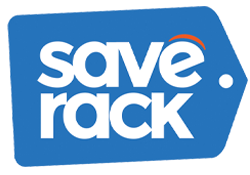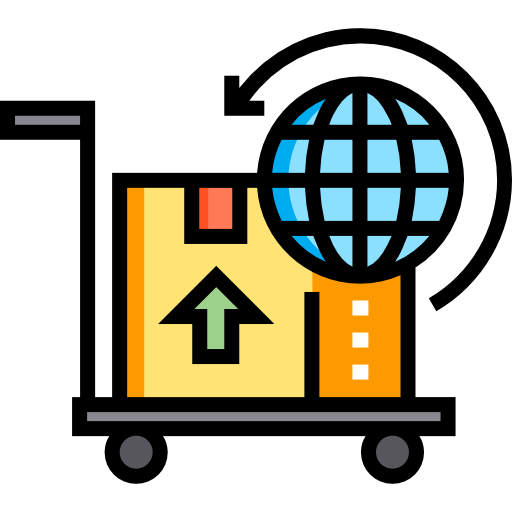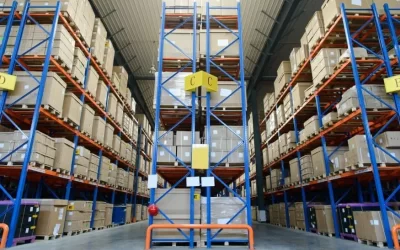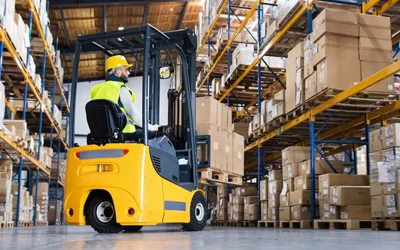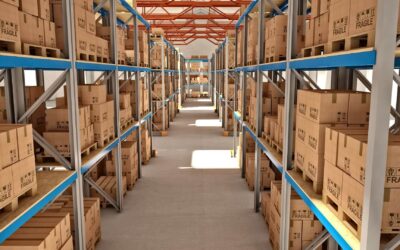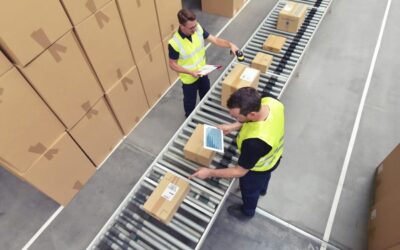Are you running out of space for your inventory?
Fulfillment centers and warehouses both play a crucial role in the supply chain, but they serve different functions. While a warehouse is primarily used for storage, a fulfillment center is designed to handle the complete order fulfillment process, from receiving inventory to picking and packing orders to shipping. In this blog post, we’ll take a closer look at the differences between a fulfillment center and a warehouse and how Save Rack can help businesses with their storage and fulfillment needs.
What is a Warehouse?
A warehouse is a building used for the storage of goods. Warehouses are typically used to store large quantities of products for an extended period of time. Warehouses can range in size from small facilities used for local distribution to massive distribution centers used by large retailers and manufacturers.
What is a Fulfillment Center?
A fulfillment center is a facility designed to handle the complete order fulfillment process. This includes receiving inventory, storing it in a warehouse, picking and packing orders, and shipping them to customers. Fulfillment centers are typically used by e-commerce businesses and retailers to manage their online sales.
Differences between a Fulfillment Center and a Warehouse
While both fulfillment centers and warehouses are used for storage, they serve different functions. Here are some of the key differences between a fulfillment center and a warehouse:
- Inventory Management: A warehouse is primarily used for storage, while a fulfillment center is designed to handle the complete order fulfillment process. This means that a fulfillment center will have more advanced inventory management systems in place to track inventory levels and ensure that products are in stock and ready to be shipped.
- Order Fulfillment: A warehouse is used for storage only, while a fulfillment center is designed to handle the entire order fulfillment process. This includes picking and packing orders, printing shipping labels, and shipping the products to customers.
- Shipping: A warehouse is not designed for shipping, while a fulfillment center is specifically designed for shipping products to customers. Fulfillment centers typically have dedicated areas for packing and shipping orders, as well as systems in place to ensure that orders are shipped quickly and accurately.
Fulfillment centers and warehouses both play a critical role in the supply chain, but they serve different functions. While a warehouse is primarily used for storage, a fulfillment center is designed to handle the complete order fulfillment process. Save Rack can help businesses with their storage and fulfillment needs by providing customized solutions, warehouse design and layout, material handling equipment, and fulfillment center design and layout. By optimizing their storage and fulfillment operations, businesses can improve their overall efficiency and customer satisfaction.
